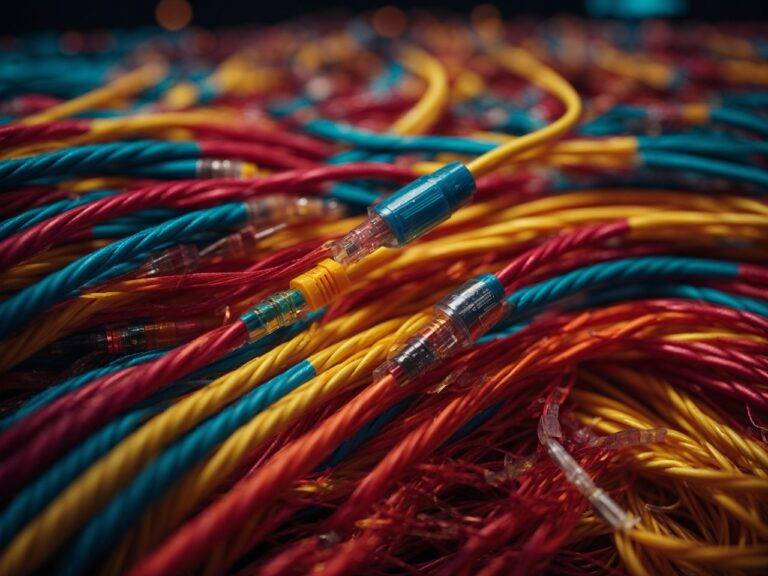The Role of Tech in Environmental Monitoring and Conservation
Environmental monitoring plays a crucial role in assessing the health of ecosystems and tracking changes over time. One of the fundamental challenges faced in this field is the lack of standardized monitoring protocols across different regions and habitats. This inconsistency makes it difficult to compare data collected from various sources, hindering effective analysis and decision-making processes.
Furthermore, limited funding and resources pose a significant obstacle in conducting comprehensive environmental monitoring initiatives. Without adequate financial support, researchers and conservationists face constraints in accessing advanced technologies and conducting long-term monitoring projects. This constraint can lead to gaps in data collection, ultimately impeding efforts to fully understand and address environmental issues.
Advancements in Remote Sensing Technologies
Remote sensing technologies have witnessed remarkable progress in recent years, offering unprecedented capabilities in monitoring and analyzing the Earth’s environment. These advancements have enabled scientists and researchers to collect vast amounts of data with high precision and accuracy, leading to a better understanding of global environmental trends and changes.
The integration of various remote sensing platforms, such as satellites, aircraft, and drones, has significantly enhanced our ability to monitor different environmental parameters over large spatial scales. These technologies allow for the efficient collection of data on land cover, vegetation health, water quality, and air pollution, among other critical environmental indicators. The use of remote sensing tools has revolutionized environmental monitoring practices, providing valuable insights for conservation efforts and sustainable resource management.
• Remote sensing technologies have advanced significantly in recent years
• These advancements allow for the collection of vast amounts of data with high precision and accuracy
• Integration of various platforms like satellites, aircraft, and drones has enhanced monitoring capabilities
• Data can be collected on land cover, vegetation health, water quality, air pollution, and other environmental indicators
• Remote sensing tools revolutionize environmental monitoring practices for conservation efforts and resource management
The Use of Drones in Conservation Efforts
Drones have rapidly emerged as a valuable tool in conservation efforts due to their ability to access remote and challenging terrain. These unmanned aerial vehicles enable researchers and conservationists to gather data and monitor wildlife populations in a non-invasive manner. By equipping drones with specialized sensors, such as infrared cameras, researchers can track animal movements and detect heat signatures, aiding in the conservation of endangered species.
In addition to wildlife monitoring, drones are also utilized in reforestation projects and habitat restoration. Drones equipped with seeding devices can efficiently plant trees in deforested areas, helping to restore ecosystems and combat deforestation. This technology not only expedites the reforestation process but also minimizes the need for manual labor in difficult-to-reach locations, making conservation efforts more cost-effective and scalable.
What are some challenges faced in environmental monitoring?
Some challenges in environmental monitoring include limited access to remote areas, high costs of traditional methods, and the need for real-time data collection.
What advancements have been made in remote sensing technologies?
Advancements in remote sensing technologies include the use of drones, satellite imagery, and advanced sensors for more accurate and timely data collection.
How are drones being used in conservation efforts?
Drones are being used in conservation efforts for tasks such as wildlife tracking, habitat monitoring, anti-poaching patrols, and mapping of ecosystems to aid in conservation planning and management.
What are the benefits of using drones in conservation efforts?
The benefits of using drones in conservation efforts include cost-effectiveness, efficiency in data collection, access to remote areas, reduced risks to human researchers, and the ability to cover large areas quickly.





